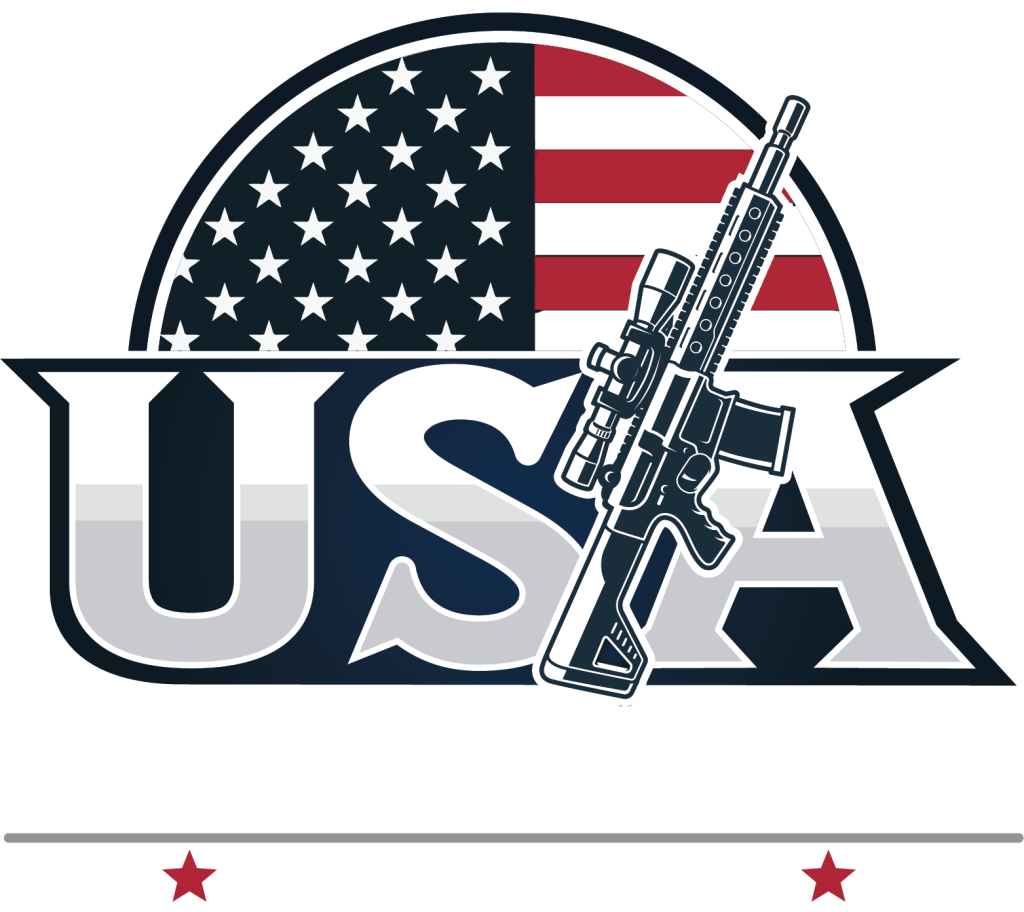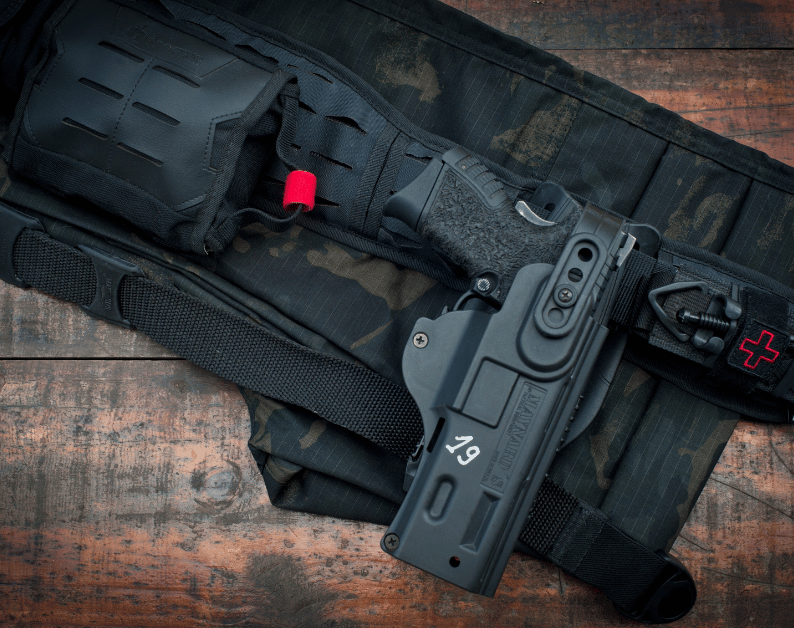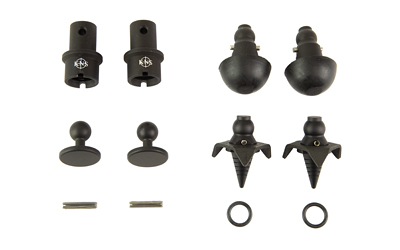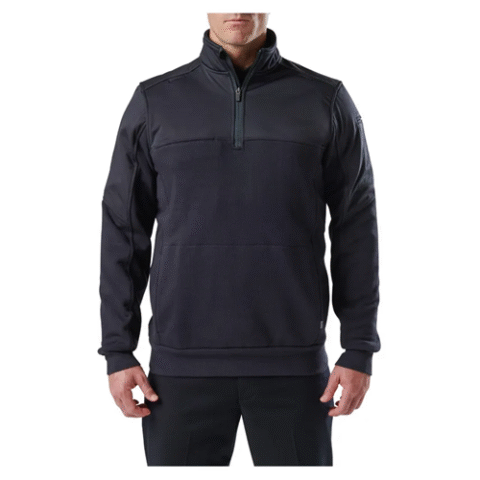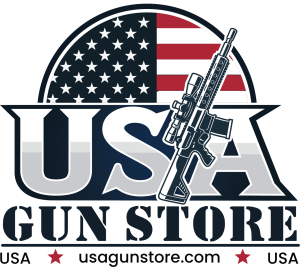Buying a used firearm can save you serious cash while getting you exactly what you want. Here’s the catch, though—you need to know what you’re looking at. One person’s “lightly used” might be another’s “rode hard and put away wet.” That’s where proper inspection comes in handy.
Whether you’re shopping online, at gun shows, or through private sales, knowing how to spot red flags protects your investment. USA Gun Store understands that educated buyers make better decisions, so let’s walk through what separates a great deal from an expensive mistake.
Before You Shop: Prep Work
Research pays off before you even touch a firearm. Look up the specific model you’re considering—what should it cost new? What are common problems? Some rifles are notorious for cracked stocks, while certain handguns have known trigger issues.
Check your local and state laws too. Private sales have different rules than dealer transfers, and you don’t want legal surprises later.
Essential inspection kit:
- Bore light or small LED flashlight
- Clean cloth or paper towels
- Reading glasses if needed
Most sellers appreciate buyers who come prepared—it shows you’re serious and knowledgeable.
Initial Visual Inspection
Start with the big picture. How does the firearm look overall? Original finish should be relatively even, though some honest wear is expected on used guns.
Red flags to spot immediately:
- Deep scratches or dings that might affect function
- Cracks anywhere in the frame or stock
- Rust or pitting on steel parts
- White corrosion on aluminum frames
- Filed or altered serial numbers—walk away immediately
Original factory markings should be crisp and clear. Surface rust might clean up fine, but pitting means permanent damage.
Bore and Barrel Check
The barrel tells the gun’s real story. Use your bore light or flashlight to look down the barrel from both ends. You want to see clean, sharp rifling with minimal fouling.
Light pitting near the muzzle is common on older guns, but deep pitting throughout means accuracy problems. The throat area (where the chamber meets the rifling) shows wear first—some smoothing is normal, but severe erosion suggests a shot-out barrel.
Dark spots or rings might indicate corrosion or lead buildup. Heavy fouling can sometimes be cleaned up, but ask yourself why the previous owner didn’t maintain it properly.
Action and Function Testing
This is where mechanical knowledge matters most. Work the action slowly and deliberately. Bolts should cycle smoothly without binding. Semi-auto slides should move crisply with proper spring tension. Pump actions need smooth operation without wobble.
Critical function checks:
- Manual safeties engage and disengage cleanly with positive clicks
- Trigger reset is clean and consistent
- Dry-fire the weapon if the seller allows (snap caps preferred).
- Listen for grinding, scraping, or loose rattling
Trust your hands—the action should feel solid and purposeful, not sloppy or rough. Unusual sounds suggest internal problems worth investigating further.
Stock, Grip, and Furniture
Wood stocks show their age in predictable ways. Look for cracks around the tang, receiver, or grip areas where stress concentrates. Small hairline cracks might not affect function, but anything that goes through the wood is serious.
Check for swelling or warping that might indicate water damage. The stock should fit tightly against metal components without gaps or looseness. Repaired stocks aren’t necessarily bad—quality work can actually strengthen problem areas.
Synthetic stocks rarely crack but can show stress marks or impact damage. Aftermarket parts might improve the original design or suggest the gun was heavily modified. Either way, you need to understand what you’re getting.
Test Fit and Ergonomics
Numbers on paper don’t tell the whole story. How does the firearm actually feel in your hands? Shoulder that rifle or shotgun—does it come up naturally? Can you reach the safety and controls comfortably?
Sight alignment matters too. You shouldn’t have to contort your head to see through the sights properly. Length of pull, grip angle, and weight distribution all affect how well you’ll shoot.
Remember, a technically perfect gun that doesn’t fit you well won’t perform when it matters. Comfort and confidence count for more than you might think.
Ask About History and Paperwork
Why is the seller parting with this particular firearm? The answer often reveals important information. “Never could get it to shoot accurately” suggests mechanical problems. “Upgrading to something newer” usually means they liked it but wanted different features.
Key questions to ask:
- Maintenance history and round count if known
- Why they’re selling
- Any modifications or repairs
- Original accessories included
Always insist on a bill of sale with both parties’ information. This protects you from potential stolen firearms issues and provides a paper trail. Don’t buy from anyone who seems evasive about ownership or history.
Negotiation and Next Steps
Use condition issues as reasonable bargaining points. Need professional rebluing? That costs money. Loose stock? Factor in repair costs. Missing original accessories? Research replacement prices.
Be realistic about negotiation, though. Sellers know their guns’ value too, and lowball offers often end conversations quickly. Focus on legitimate concerns rather than trying to nickel-and-dime every minor flaw.
Complete all legal requirements for transfer. This might mean meeting at a licensed dealer for background checks, depending on your local laws.
Conclusion
Thorough inspection before purchase saves money and prevents headaches down the road. Take your time, ask questions, and trust your instincts. A seller who rushes you or discourages questions probably has something to hide.
Smart buying means knowing what you’re getting before money changes hands. When you’re ready to shop for quality firearms with expert guidance and transparent dealings, USA Gun Store provides the knowledge and selection that serious buyers appreciate.
